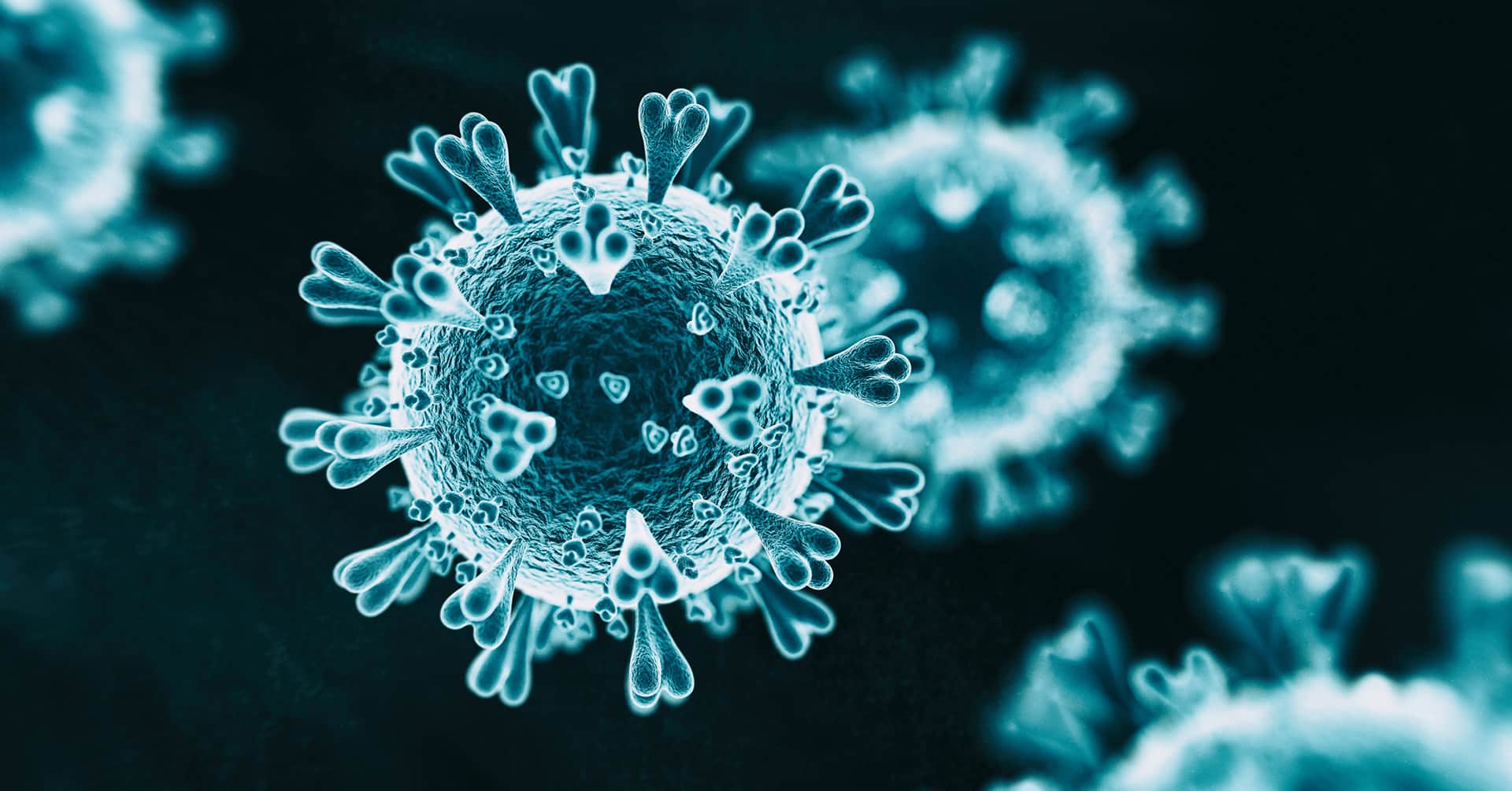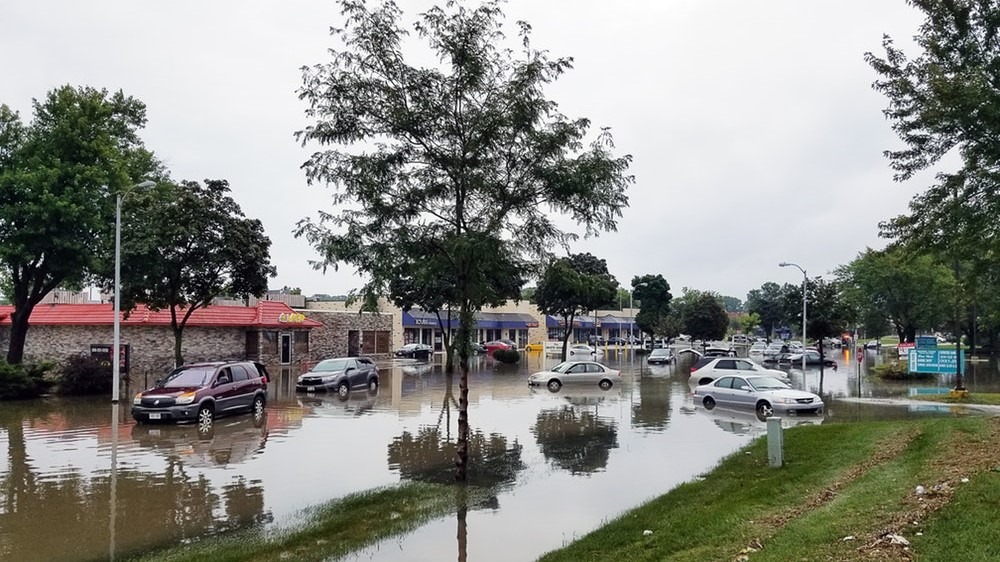
Improving Employee Safety During a Pandemic: Q&A with Epidemiologist Mark Stibich
In this Q&A, infectious disease expert and epidemiologist, Dr. Mark Stibich, provides actionable advice for employers to protect employees returning to work.

With organizations around the world returning to work during the ongoing coronavirus pandemic, employee health and safety remain top of mind. Dispersed team members, ever-changing guidelines, and the intricacies of health monitoring and screening are just a few of the unique challenges employers must overcome to keep their people safe and productive at work
In a recent episode of The Employee Safety Podcast, Peter Steinfeld was joined by Dr. Mark Stibich, Chief Scientific Officer at Xenex Healthcare Services, to discuss how to properly disinfect a workplace, what to expect in regards to a COVID vaccine, and the best communication procedures companies should put in place right now.
Dr. Mark Stibich is an infectious diseases epidemiologist and the co-founder of Xenex, a company that uses a patented pulsed xenon disinfection system to reduce microbial contamination. Xenex’s germ-zapping robot is used by healthcare facilities, hospitality brands, and entertainment facilities, with more than 24 million uses around the world. Dr. Stibich, who received his doctoral training from the John Hopkins School of Health, specializes in creating efficient solutions for public health problems.
You can listen to the full episode here.
Q&A With Dr. Mark Stibich, Chief Scientific Officer, Xenex
Mark, can you tell us about your background and what Xenex does?
I’m an epidemiologist. I focus on infectious diseases and so does Xenex. Our company mission is to reduce the deaths and suffering caused by infectious diseases. We were initially focused on healthcare-acquired infections and preventing people who go into hospitals for one thing from getting an infection while they’re there. Today, we use Xenon light to eliminate pathogens missed during manual cleaning and assist infection control programs for organizations across various industries, worldwide.
What are some of the unique challenges of COVID-19 as it relates to employee safety in the workplace?
One unique challenge is that not everyone who is infectious will have symptoms. So certainly, you want to screen out anyone who has fevers, perform COVID screenings, and be able to remove those people from the workplace environment, but that’s still not going to get everyone.
“"If you are exposed to the virus on a Monday, and you test negative on a Wednesday, that doesn't mean that your exposure is clear."”Dr. Mark Stibich Chief Scientific Officer, Xenex
There’s also a lot of confusion around testing and when testing matters. The piece that I see people missing a lot is the nuance that if you are exposed to the virus on a Monday, and you test negative on a Wednesday, that doesn’t mean that your exposure is clear—you could still develop that infection. When it comes to COVID detection, negative tests only tell you ‘not yet.’ They don’t clear you entirely because infections take two to six days to develop, on average.
What should employers expect in regards to the vaccine?
One unknown is how much demand there will be. Some surveys showed 42 percent of people said they don’t want to take it. (Editorial note, a recent survey by the Pew Research Center found that 60 percent of Americans now say they would get a vaccine for the coronavirus).
I think employers will have to decide if it’s something that they’re going to mandate. The other thing that is really important for everyone to keep in mind is—just because you get the vaccine on day one, that doesn’t mean you have protection on day one. Booster shots are given 21 days after the initial dose. Then after the booster, it takes another few weeks before full protection. So, from the time you get the first shot to when you’re fully protected might be as much as five weeks. There’s also no data on whether someone who’s been vaccinated or someone who’s previously had the virus can continue to transmit the virus. So the assumption now is that we will continue to wear masks.
What can you tell us about the health benefits of wearing masks?
Masks help tremendously, they’re one of our best tools. There are two purposes for masking: one is source control and one is to protect the individual wearing the mask. As a public health measure and as a service to the community, putting on a mask is source control. I like using the seatbelt analogy. When I get in my car to go to the grocery store, I put my seat belt on. The probability of the seat belt protecting me on that car ride is very small. But if everyone puts their seat belt on, it’s going to save multiple people’s lives every day. If we all put the mask on, it’s going to protect someone, somewhere, and it’s going to be reduce the probability of transfer everywhere.
Will it be safe to have in-person meetings? Is there a specific number of people that can gather safely together at once?
A lot of states have guidelines that allow gatherings of no more than five people. This is not because that number is particularly safe, but because that number does not create a public health risk. From a contact tracing perspective, it doesn’t mean that, magically, five people are safe. Those limits are simply there to be able to do contact tracing on those individuals. I recommend using a carbon dioxide reader, which you can get for about 100 dollars. When people gather, they breathe and carbon dioxide goes up. Outside air is about 400 parts per million, so if you get above 800, there’s a ventilation problem and you have too many people in one space or you’re using the space wrong. By using a carbon dioxide reader, you can measure exactly how good the ventilation is when you have that first gathering of people in your workplace.

How would you advise employers that either need to or want to bring employees back in the new year?
In the workplace, one of the key factors to think about is what your disinfection process is like. A lot of times the cleaning companies are just that: they vacuum, do trash, and dust, but they may or may not have a disinfection process in place, so that’s something to examine. The other is looking at the air in the room and making sure all the filters are updated. I recommend using air filters called MERV 13, which filter more than HEPA filters. For surfaces, provide individuals with the means to disinfect their workstations and make sure they have wipes available. Bathrooms are a concern, so determine how many people can be in a bathroom at once. We know that the virus can be contained and spread through fecal matter, so think about those common spaces and how they’re going to get disinfected.
What procedures and communication plans should companies put in place to ensure employees are safely returning to the workplace?
Communicate as much as possible about what’s happening in your workplace and do it ahead of time.
Having a system like AlertMedia in place, where you can communicate rapidly with every single individual, is brilliant for contact tracing. One thing I encourage everyone to do is to look at daily exposures, ask yourself what the risks are, and eliminate them. At Xenex, we’re bringing lunch in for everyone because it’s a risk right now to let people go out to lunch. Another solution to bring your back people to work is the pod system, where you have in-person meetings but only certain people get to meet and they don’t mix with other groups that are maybe from a different department. When you have different groups and pods, if there’s an exposure, you can limit how far it goes. They use this method on film sets all the time, where they have different color codes. For example, a person who’s wearing red should never see a person who’s wearing green. That way everything can be contained and if something happened within one of those groups, you can send out an alert and quarantine the right group. That’s huge because it limits the contact trace to only one group and allows you to act quickly, decisively, and communicate with everyone. It also reduces the burden of testing on everyone until the situation gets resolved.
How is Xenex changing sanitation processes across facilities in various industries?
Before the Pandemic, we were in healthcare predominantly but we’re moving into non-healthcare areas now, including professional sports teams, hotels, and school districts. We did a study in February 2020 where at a two-meter radius area from the robot, our robot gets a reduction of more than 99.9 percent for SARS-CoV-2 in just two minutes. You could easily bring it up to a workstation and disinfect everything. The light gets into all those nooks and crannies and past outer surfaces. The operators are typically environmental service workers, but we can train anyone to use our product. Often, what we see with the robot is that, during the day, it can do the bathrooms quite frequently because it’s very easy to close the door and put the robot in there to shut them down for a few minutes. It’s the same thing with common areas if there’s a break room or conference room, to disinfect between meetings. Then at night, you can do more thorough disinfection of the entire workplace.
Portions of this transcript were edited for clarity or brevity.





